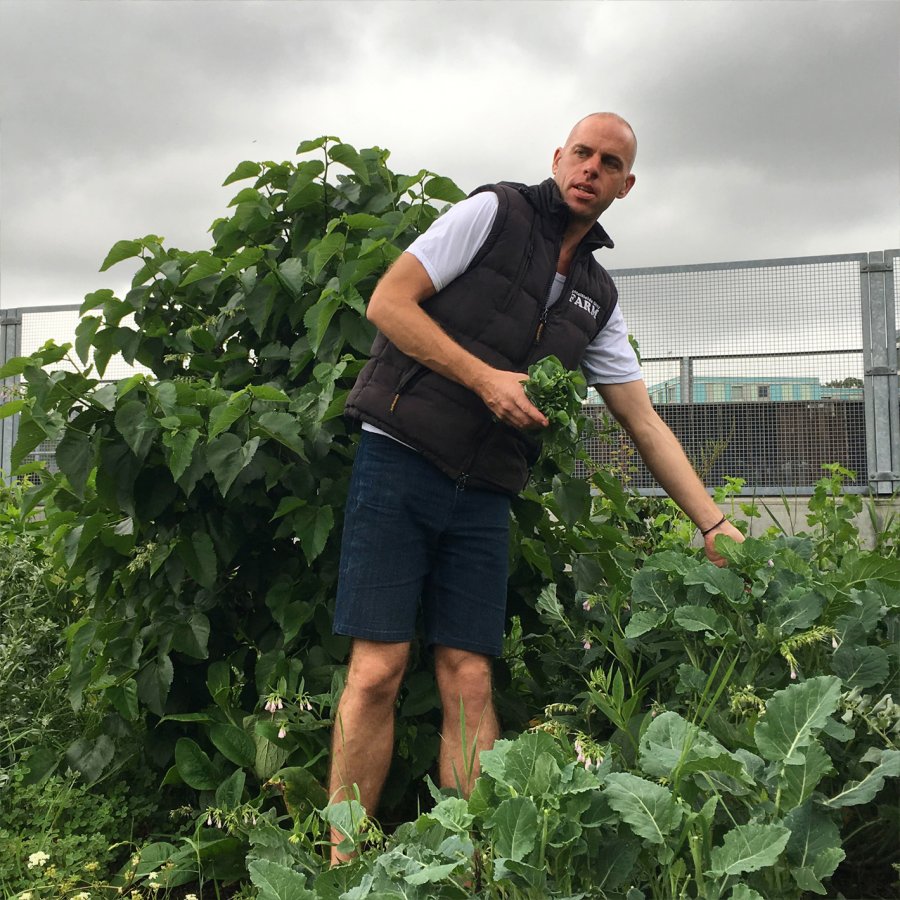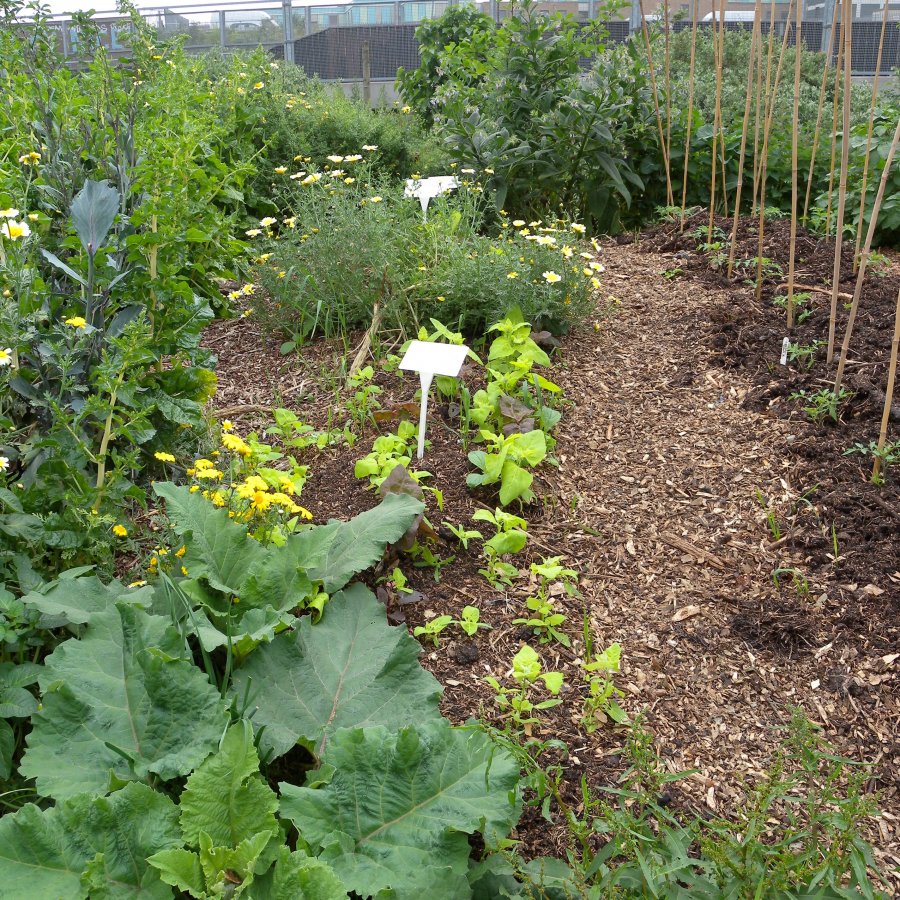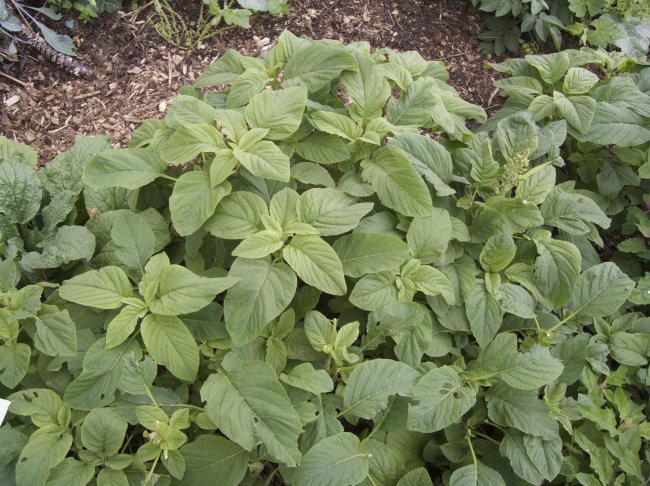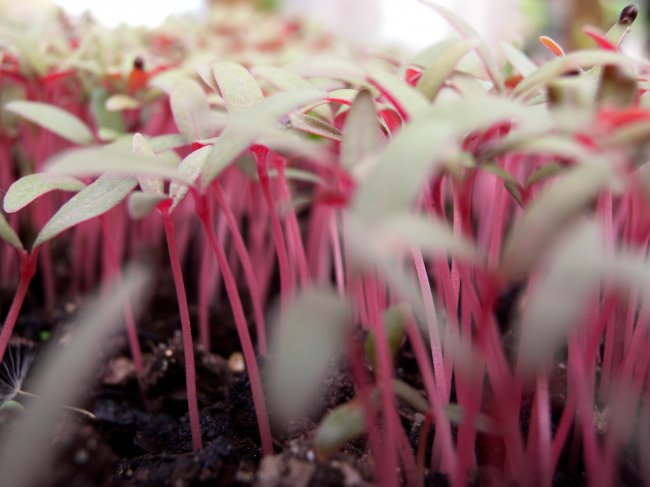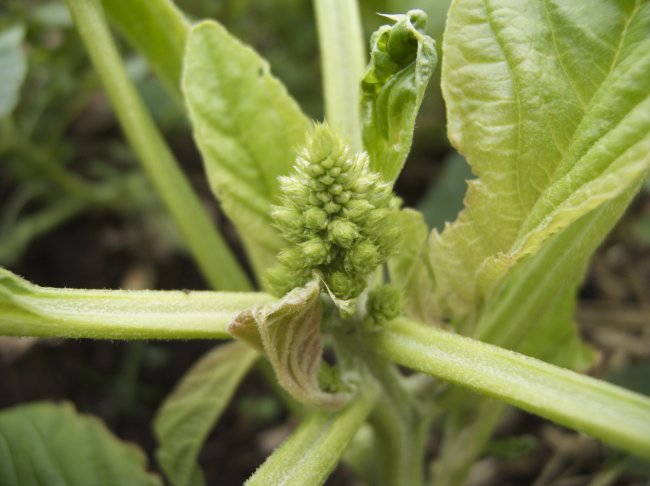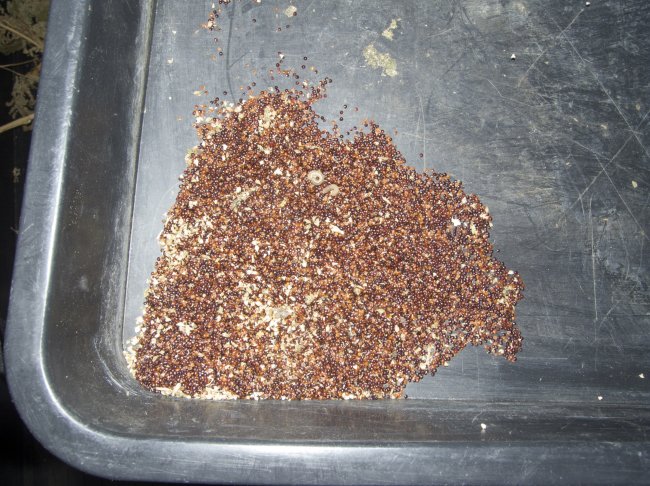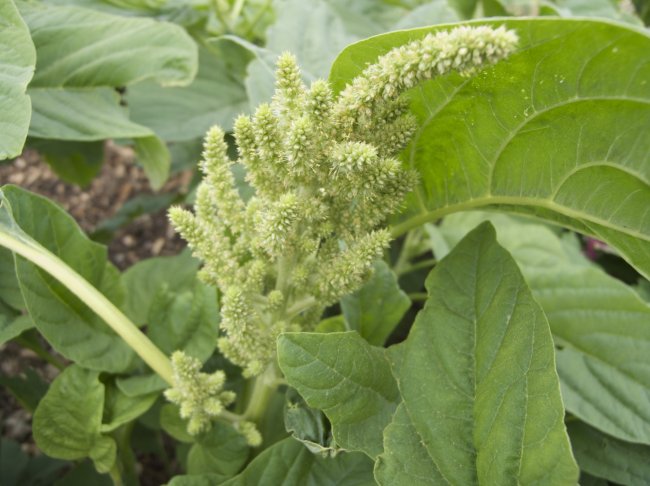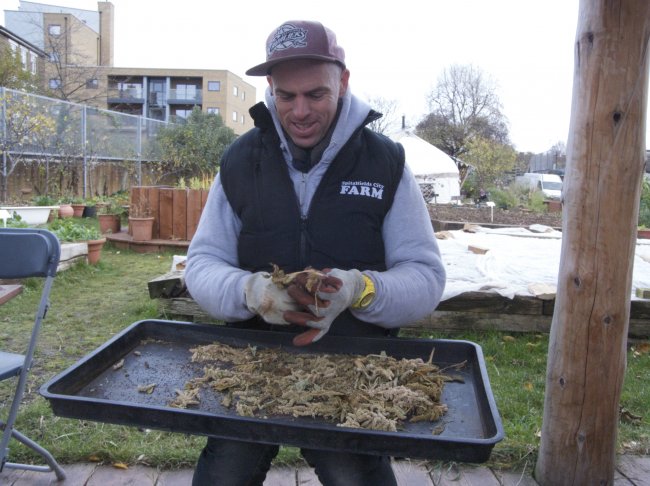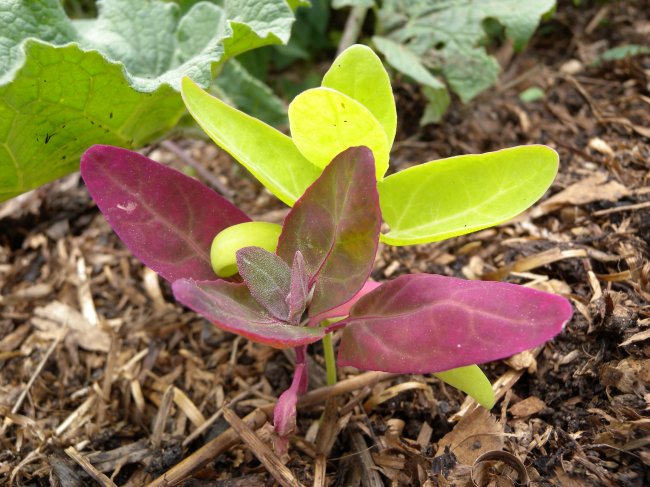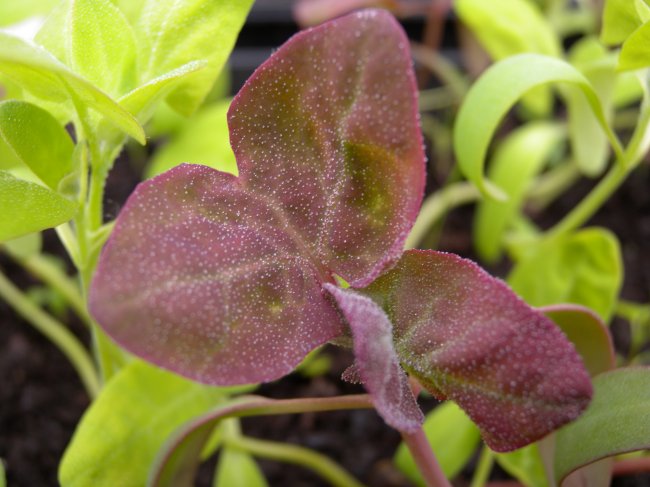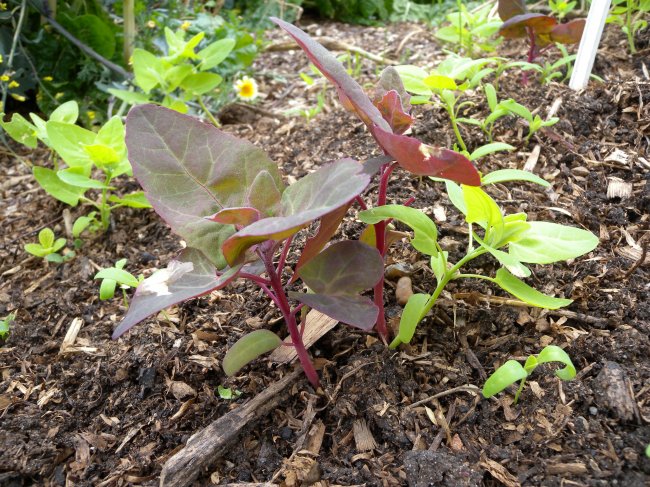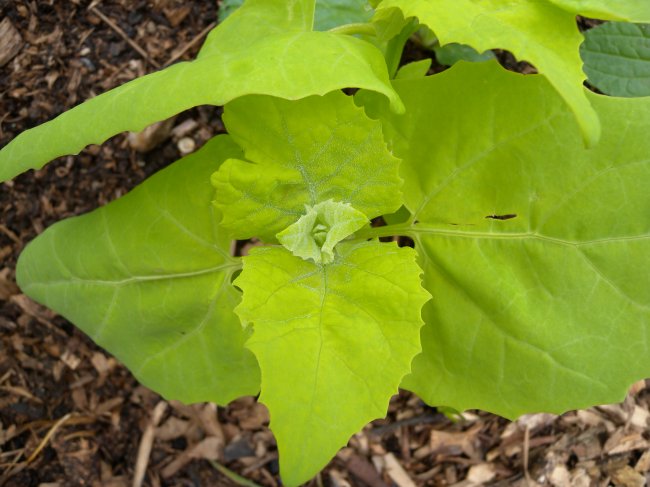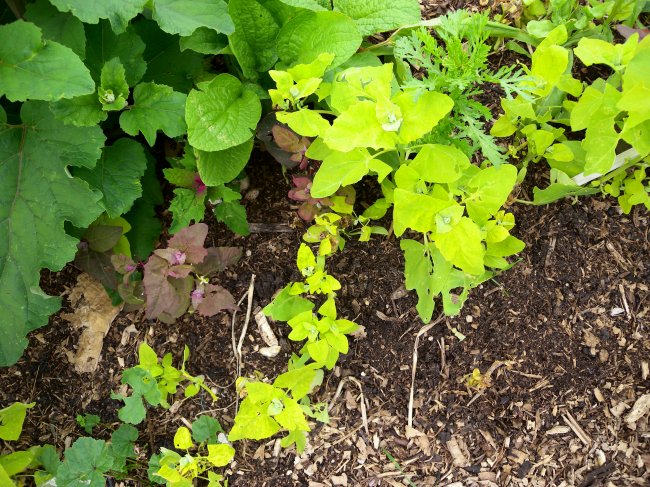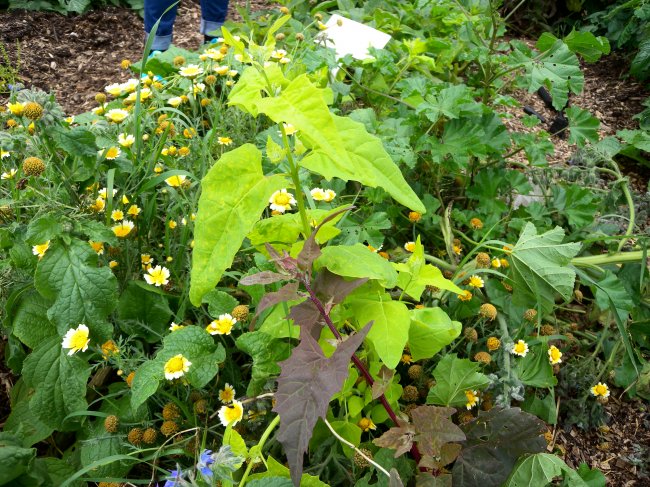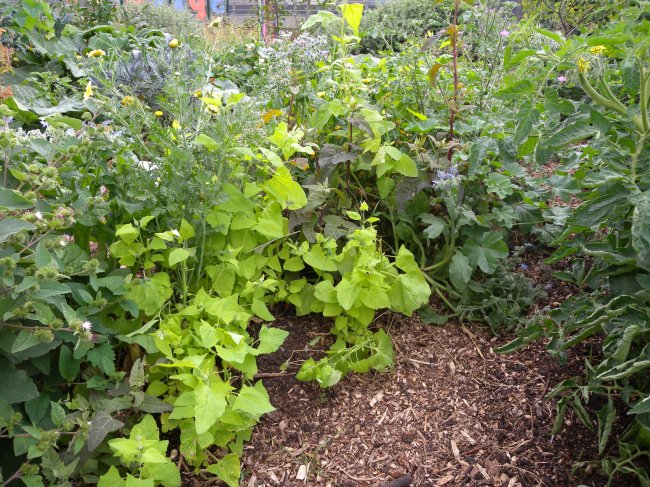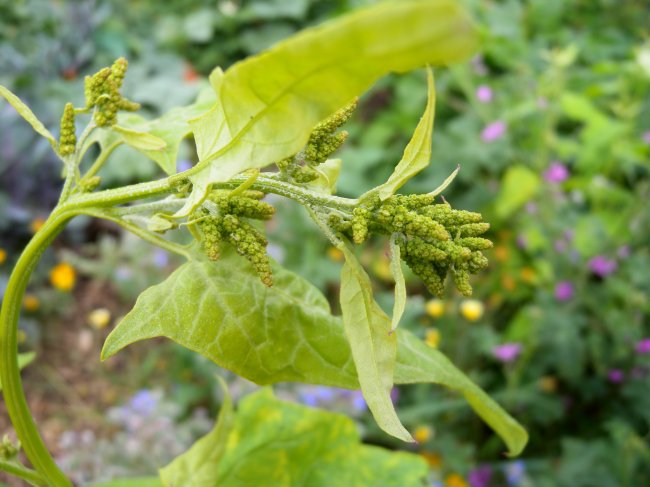My Story
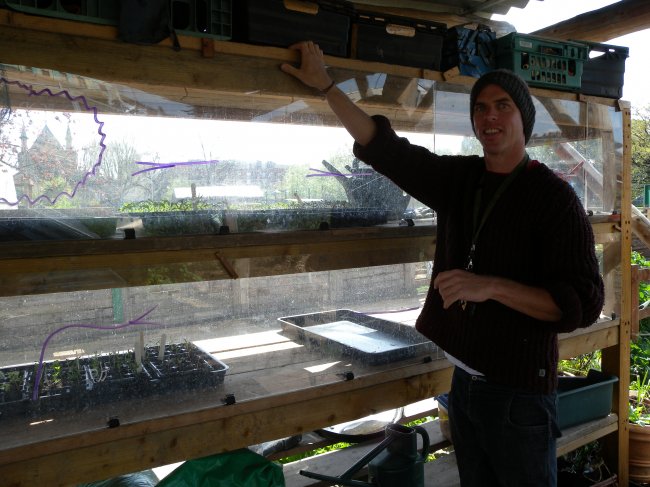
About
Regina Walker, Seed Guardian, Spitalfields City Farm
I’m a community gardener at Spitalfields City Farm. I’m responsible for a little area of land, 0.167 acre, a community garden. And I run workshops on that land as well as growing vegetables on that land.
Why I grow my own food
I grow food because I enjoy it. Because I enjoy eating. Because I don’t like the predominant food chain. To be honest, I’d love to have my own plot, but there’s so many benefits to growing on a community garden, like all the skill-sharing. And all the social side of it is massive. So it’s probably something that, you know, you’d like to be isolationist and off growing on your own. But actually if you were, you’d probably be a bit lonely.
Why I save seeds
I want to have crops that are adapted for my ground. I want to have more productivity for less work. If I’ve got successful germination and plants that are doing really well, then they’ll just end up being more productive. I mean you can get a plant that’s supposed to be really really productive, but it’s not productive if it’s sat on your ground not germinating. So something that I’ve got germinates really well and grows really well, will end up being more productive. And I want to save money.
Connection between growing and my heritage
Well my dad’s side is from Birmingham, English, inner-city, slum people really, and they always grew vegetables. So it’s interesting to know that in that city vegetable growing was a very working class experience. The Irish side were self-sufficient farmers on the west coast. And the last few generations were quite well-to-do, so there was quite a lot of luxurious things grown like currants for making jams. So it wasn’t just subsistence.
Hear from Regina
How I feel when I’m working in the garden
Rage. Bored. Happy. Peaceful. Productive. Overwhelmed. A range of emotions.
